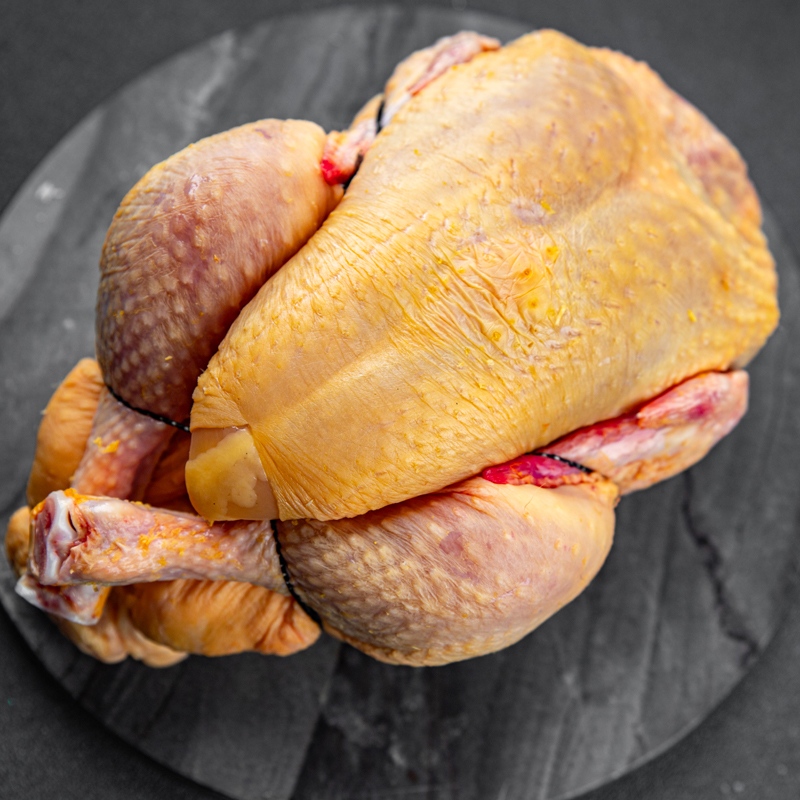
100 gr |
-- |
|
|---|---|---|
| Carbohydrate (gr) | 15.04 |
4928.47 |
| Protein (gr) | 3.59 |
1176.23 |
| Fat (gr) | 12.46 |
4083.43 |
| Fiber (gr) | 1.36 |
445.97 |
| Cholesterol (mg) | 14.64 |
4795.8 |
| Sodium (mg) | 325.27 |
106557.75 |
| Potassium (mg) | 392.16 |
128471.4 |
| Calcium (mg) | 78.15 |
25603.27 |
| Vitamin A (mg) | 46.04 |
15084.01 |
| Vitamin C (mg) | 6.16 |
2019.31 |
| Iron | 0.62 |
203.1 |
Chicken skin, often found crispy and flavorful when cooked, is a rich source of saturated fats. While it can enhance the taste and texture of dishes, its consumption comes with certain health implications that should not be ignored.
Calories in chicken skin are 349 calories per 100 grams.
Chicken skin is primarily composed of fats, with a significant portion being saturated fats. It also contains small amounts of protein and minimal carbohydrates. A single ounce (28 grams) of roasted chicken skin provides approximately:
These figures highlight why chicken skin is considered an energy-dense food, but one that should be consumed with caution.
Saturated fats, such as those found in chicken skin, are linked to increased levels of LDL cholesterol (commonly referred to as "bad" cholesterol). Elevated LDL cholesterol is a significant risk factor for:
For individuals with pre-existing conditions like cardiovascular disease or high cholesterol levels, consuming chicken skin can exacerbate these issues.
If you enjoy chicken dishes but want to avoid the risks associated with chicken skin, consider these healthier options:
For those without underlying health concerns, occasional consumption of chicken skin in moderate quantities may not pose significant risks. However, balancing your diet with other heart-healthy foods, such as vegetables, whole grains, and unsaturated fats, is essential.
While chicken skin can be a delicious addition to meals, its high saturated fat content warrants careful consideration, particularly for those with heart conditions or high cholesterol. Making informed dietary choices can lead to better long-term health outcomes.